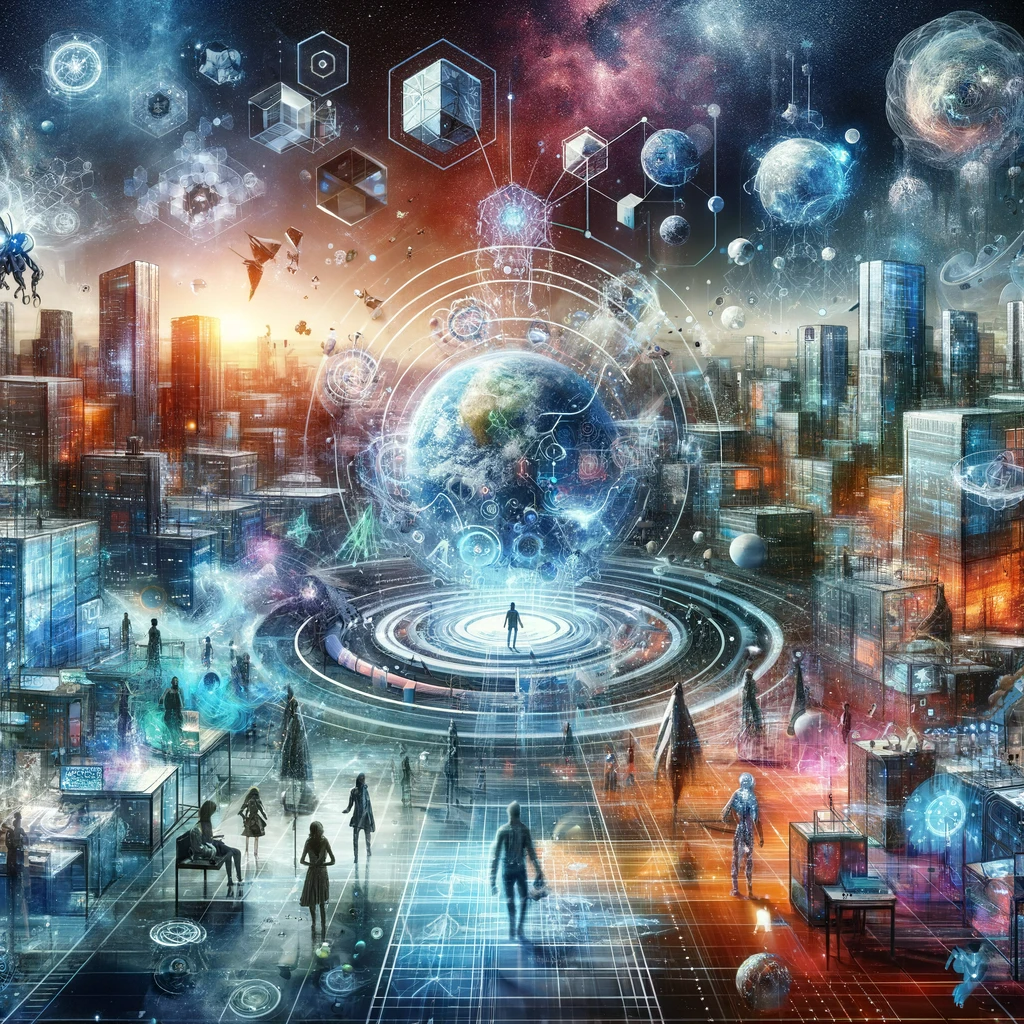What is the metaverse? Basic Intro
The metaverse is a collective virtual shared space, created by the convergence of virtually enhanced physical reality, augmented reality (AR), and the internet. It’s a term often used to describe a future version of the internet, made up of persistent, shared, 3D virtual spaces linked into a perceived virtual universe.

In the metaverse, users can interact with a computer-generated environment and other users. This space can include the sum of all virtual worlds, augmented reality, and the internet. It’s not just limited to one type of technology, like virtual reality (VR); instead, it encompasses a wide range of immersive technologies.
Here are some key aspects of the metaverse:
- Immersive Virtual Worlds: The metaverse is expected to offer immersive, interactive virtual environments that are more engaging and lifelike than current online experiences.
- Digital Avatars: Users in the metaverse can be represented by avatars, which can interact with other avatars, environments, and objects.
- Economic Transactions: The metaverse is anticipated to have its own economy, with digital assets, services, and experiences that users can buy, sell, or trade.
- Interconnectivity: Different platforms and environments within the metaverse might be interconnected, allowing for seamless movement of avatars and assets from one space to another.
- Social Interactions: It is expected to facilitate new forms of social interaction and collaboration, transcending physical and geographical limitations.
- Augmented Reality Integration: AR technology can blend digital content into the physical world, enhancing the user experience in the metaverse.
- Gaming and Entertainment: The metaverse is likely to have a significant impact on gaming and entertainment, offering new ways to play, socialize, and experience content.
- Business and Education: Beyond entertainment, the metaverse has potential applications in business, education, training, and various other sectors.



